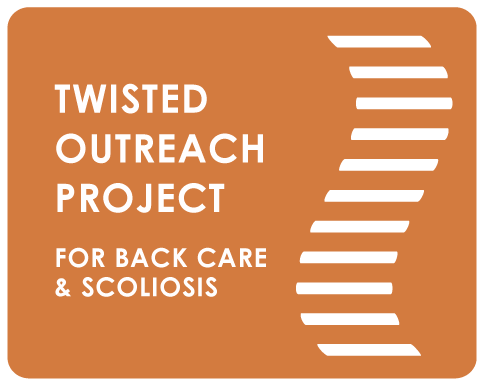Common Scoliosis Patterns
Although there are 4 scoliotic patterns that are most common, as illustrated below, sometimes a curve can go in a completely different direction. Everyone's pattern is unique. One of life's mysteries is that while a curve can occasionally go to the left, most curves go to the right - the same finding that came out of research on guppies with scoliosis!
Listen to Dr. Kristen Fay Gorman talk about scoliosis and guppies in this podcast
Thoracic Scoliosis
The major (and most common) curve is found in the thoracic (mid-back) region and may affect the height and evenness of the shoulder blades. Curvature is usually to the right. You may also hear this curve referred to as dextroscoliosis, “dextro” meaning “right.”
Lumbar Scoliosis
The major curve is found in the lumbar (lower-back) region and may affect the height and evenness of the hips. Curvature is usually to the left. You may also hear this curve referred to as levoscoliosis, “levo” meaning “left.”
RIGHT ThoracIC - LEFT Lumbar Scoliosis
(S-shaped)
A major curve that includes vertebrae in the lower thoracic and upper lumbar regions of the spine. Curvature is S-shaped if the curves move in opposite directions.
Thoraco-Lumbar Scoliosis
(C-shaped)
A major curve that includes vertebrae in the lower thoracic and upper lumbar regions of the spine. Curvature can be C-shaped if thoracic and lumbar curves move in the same direction.

